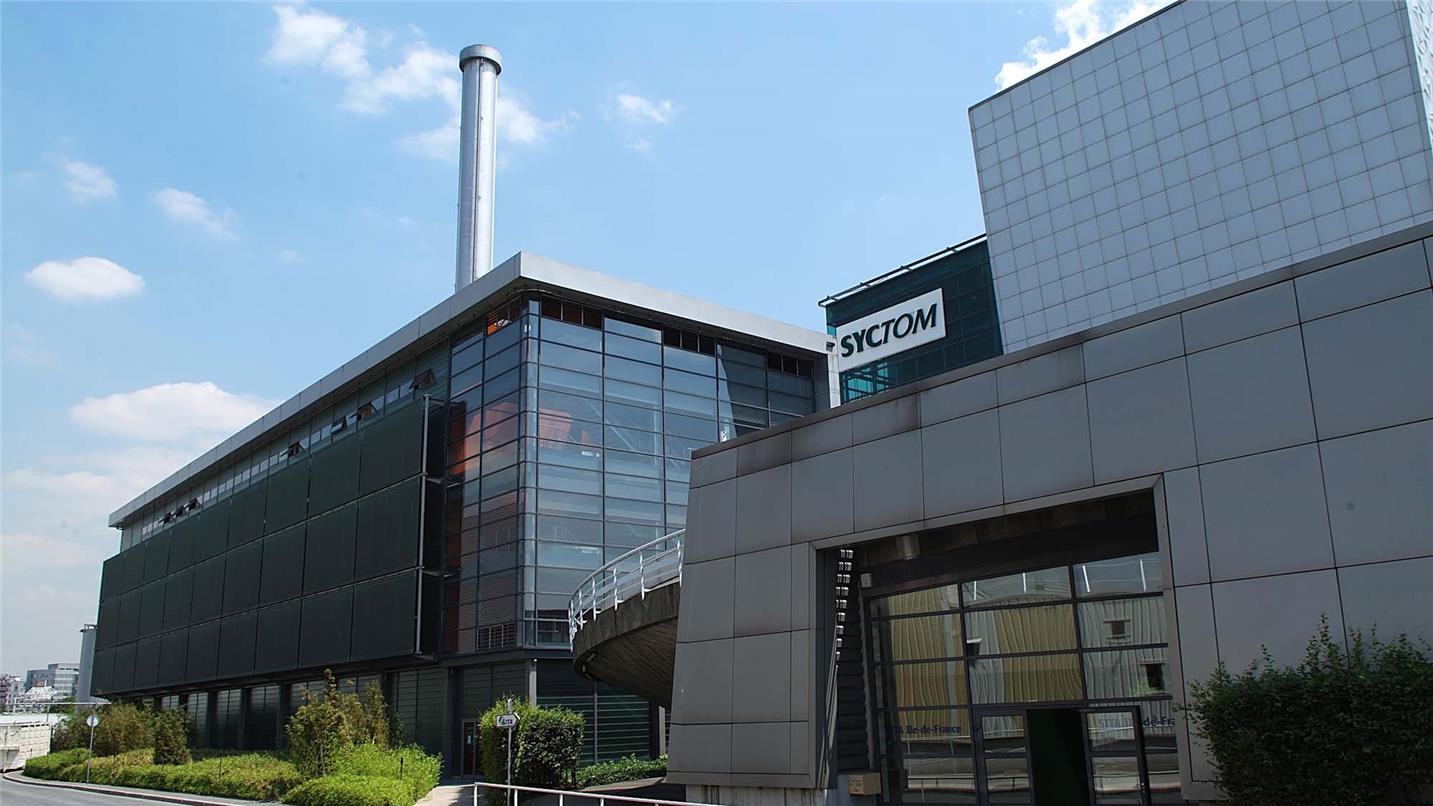Optimising the energy potential of waste
Located partly in the 13th district of Paris and partly at Ivry-sur-Seine, IP XIII is one of the largest waste treatment centres in the Paris region. It opened in 1969, was modernised in 1995 and, in 2005, was considered the largest energy from waste facility. SUEZ has operated the centre since 2011.
* The Ivry-sur-Seine EfW plant receives household waste from 12 Paris districts (1st, 2nd, 3rd, 4th, 5th, 6th, part of the 10th, 11th, 12th, 13th, part of the 14th, and part of the 20th) and 14 inner-suburb municipalities (Cachan, Charenton-le-Pont, Gentilly, Ivry-sur-Seine, Joinville-le-Pont, le Kremlin-Bicêtre, Maisons-Alfort, Montrouge, Saint-Mandé, Saint-Maurice, Valenton, Villejuif, Vincennes and Vitry-sur-Seine).
* The Ivry-sur-Seine EfW plant receives household waste from 12 Paris districts (1st, 2nd, 3rd, 4th, 5th, 6th, part of the 10th, 11th, 12th, 13th, part of the 14th, and part of the 20th) and 14 inner-suburb municipalities (Cachan, Charenton-le-Pont, Gentilly, Ivry-sur-Seine, Joinville-le-Pont, le Kremlin-Bicêtre, Maisons-Alfort, Montrouge, Saint-Mandé, Saint-Maurice, Valenton, Villejuif, Vincennes and Vitry-sur-Seine).
730,000
tonnes
nominal capacity
100,000
households
supply with heat
Optimum recovery
SUEZ recovers waste either as energy, in the form of electricity or heat, or as materials, mainly metals and clinker.
The plant has 120 people working each day to ensure environmental standards are met. SUEZ has signed environmental, economic and social commitments with SYCTOM.
The plant has 120 people working each day to ensure environmental standards are met. SUEZ has signed environmental, economic and social commitments with SYCTOM.
The results
The Ivry-Paris XIII plant has two identical, 50-tonne/hour capacity furnace-boiler units and a turbine generator. The heat generated by combustion produces electricity, which is injected into the EDF network, or steam reinjected into the Parisian district heating system (CPCU).
Combustion by-products are recovered as clinker. Transported by river, they are treated and reused in road building. Metal by-products are reused in the metalworking industry.
The plant has ISO 14001 certification for its environmental management system.
1,000,000
MWh
of thermal energy produced
125,000
tonnes
of clinker recovered
13,000
tonnes
of metals recovered

